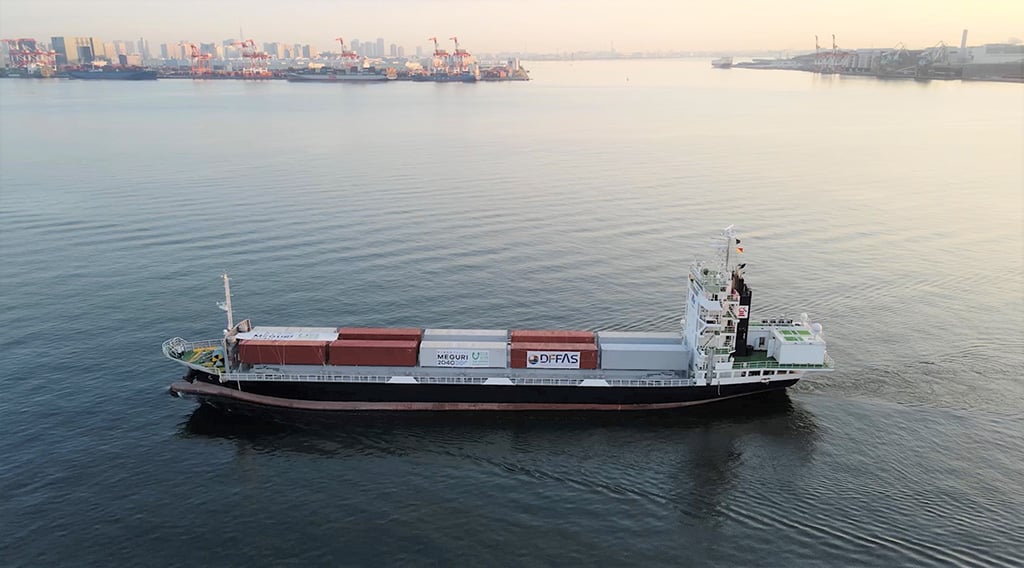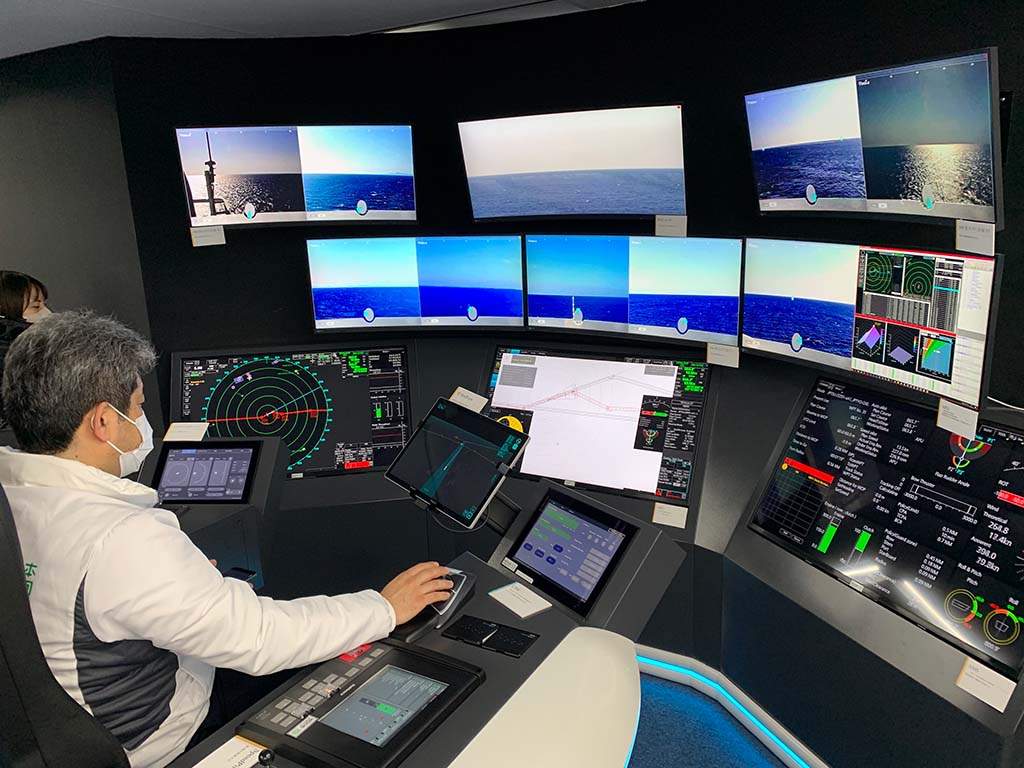Test between Tokyo Bay and Ise Bay marks first successful demonstration of fully autonomous navigation in congested sea area
https://www.nippon-foundation.or.jp/en/news/articles/2022/20220301-67775.html
The fifth demonstration test of The Nippon Foundation MEGURI2040 Fully Autonomous Ship Program, of a fully autonomous container ship and its Fleet Operation Center for emergency monitoring and operation, was successfully carried out between Tokyo Bay and Ise Bay from February 26 to March 1. The test, using the container ship SUZAKU, demonstrated for the first time the use of a comprehensive fully autonomous navigation system (including remote control and land support) for a container ship operating in a congested sea area.
The Nippon Foundation launched MEGURI2040 in February 2020 through support for five consortia. Fully autonomous navigation is expected to help address numerous maritime issues including crew shortages and accident prevention, and also holds potential as a “future industry” that can demonstrate to the world Japan’s advanced technologies in areas like artificial intelligence, information and communications technology, and image analysis.


Designing the Future of Full Autonomous Ship Consortium
This successful demonstration test was of an operating system developed by the Designing the Future of Full Autonomous Ship (DFFAS) Consortium,*1 made up of 30 companies from diverse fields using an open innovation framework. In the test, the SUZAKU (95 meters, 749 gross tons) navigated a 790-kilometer round-trip route departing from and returning to Tokyo Bay by way of Ise Bay using a comprehensive fully autonomous navigation system, including remote operation from the Fleet Operation Center in Chiba Prefecture.
Roughly 500 ships pass through Tokyo Bay each day,*2 compared with roughly 40 through the Panama Canal and roughly 320 through the Straits of Malacca and Singapore. This successful demonstration in a highly congested area verifies a high level of technological development that represents a significant step toward practical implementation. In addition to addressing the issues of aging crew and crew shortages facing the coastal shipping industry and the social issue of accident reduction, remote operation from land can be expected to introduce new work styles and increase labor capacity for crews.
